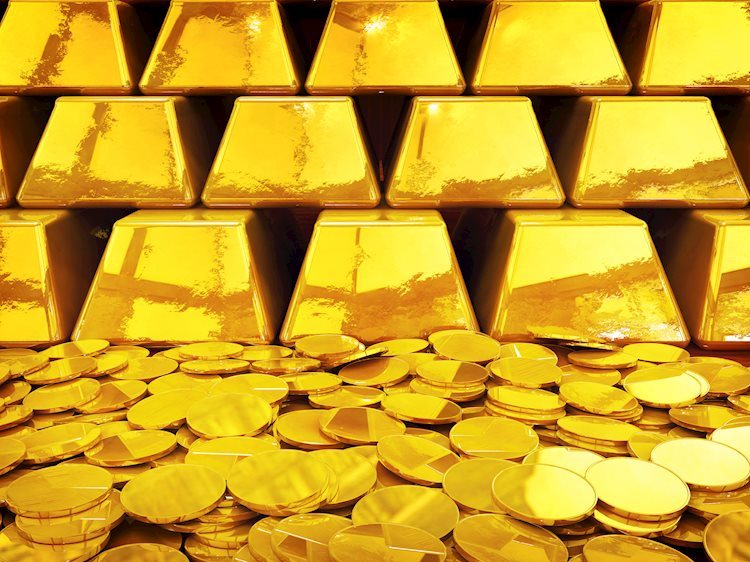Gold prices in the Philippines saw an increase on Tuesday, with the price for Gold reaching 5,088.90 Philippine Pesos (PHP) per gram, up from 5,060.40 PHP the previous day. Additionally, the price for Gold rose to 59,355.95 PHP per tola from 59,023.47 PHP per tola. FXStreet calculates Gold prices in the Philippines by adapting international prices (USD/PHP) to the local currency and measurement units, updating prices daily based on market rates at the time of publication. It is important to note that local rates may slightly differ from the calculated prices.
Gold has historically played a significant role in human history, serving as a store of value and medium of exchange. Beyond its use in jewelry, Gold is widely regarded as a safe-haven asset, making it a popular investment during times of market turbulence. The precious metal is also considered a hedge against inflation and depreciating currencies, as it is not tied to any specific issuer or government. Central banks are significant holders of Gold, often diversifying their reserves by purchasing the metal to strengthen their economy and currency during uncertain times. Recently, central banks, particularly those in emerging economies like China, India, and Turkey, have been increasing their Gold reserves significantly.
Gold has an inverse correlation with the US Dollar and US Treasuries, both of which are major reserve and safe-haven assets. When the Dollar depreciates, Gold typically rises, allowing investors and central banks to diversify their assets during market volatility. Conversely, a rally in the stock market usually weakens the price of Gold, while sell-offs in riskier markets tend to benefit the precious metal. The price of Gold can be influenced by various factors such as geopolitical instability, fears of a recession, interest rates, and the behavior of the US Dollar. As a yield-less asset, Gold tends to rise in environments of lower interest rates, while a strong Dollar can help control Gold prices.
It is essential to understand the factors that can impact the price of Gold, as it is a popular investment choice for individuals and central banks alike. The metal’s safe-haven status makes it particularly attractive during times of uncertainty or economic instability, leading to an increase in demand and subsequent price appreciation. Central banks around the world continue to add Gold to their reserves, reflecting its perceived value in diversifying their assets and maintaining stability. Keeping an eye on the behavior of the US Dollar, along with geopolitical events and market trends, can provide valuable insights into predicting the future movement of Gold prices.
In conclusion, the price of Gold in the Philippines has shown an upward trend, reflecting its status as a valuable asset with a historical significance and a safe-haven reputation. As central banks continue to increase their Gold reserves and investors seek alternative assets during market volatility, the demand for the precious metal remains strong. Understanding the factors that influence Gold prices, such as the US Dollar, interest rates, and geopolitical events, can help investors make informed decisions and navigate the fluctuations in the market. Ultimately, Gold’s appeal as a store of value and investment option is likely to persist in the face of changing economic conditions and global uncertainties.











